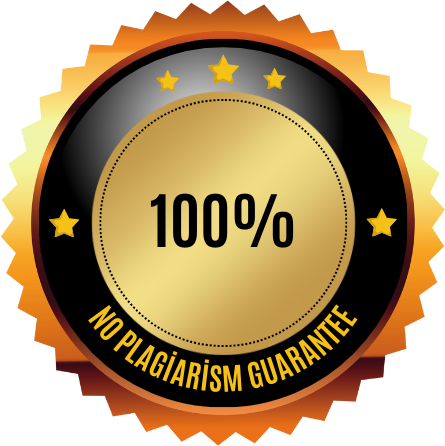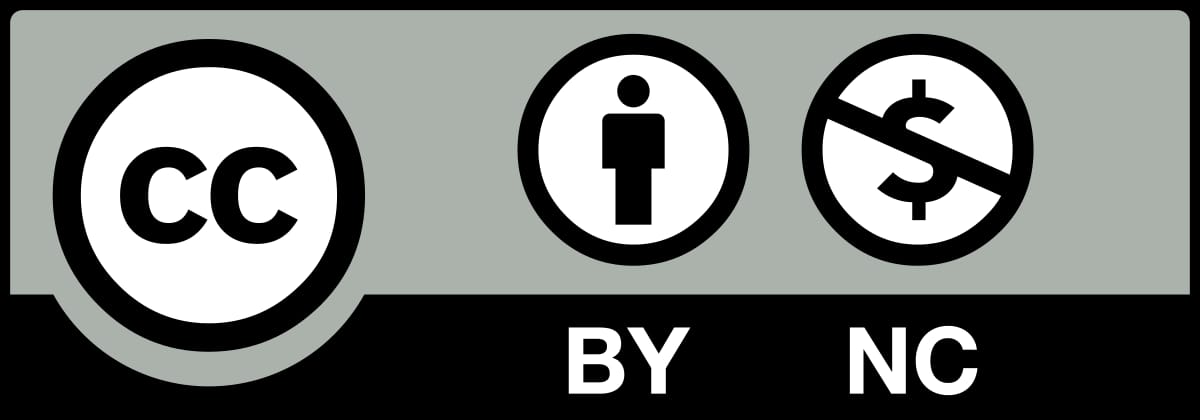Guide For Authors
International journal of medical science (IJMSCI) adhere guidelines recommended by International Committee of Medical Journal Editors (ICMJE) and Committee on Publication Ethics ( COPE). Authors should read carefully author guidelines before submission to the journal. Finally, author /corresponding author can submit article through Online Submission System (OSS) or editorial email (editor@ijmsci.org).
AUTHOR GUIDELINES:
(1) The article should be original and high quality, not previously published or communicated to any other online or offline platform.
(2) Manuscripts should be written in English language with sound grammar and proper terminology.
(3) MANUSCRIPT STRUCTURE:
The structure of the manuscript should have Title page, Introduction, Literature review, Materials and methods, Results and discussion, conclusion and references. Acknowledgement for contributors (if any) should be placed after conclusion. The content section should well organized with the help of subheadings. In some cases specific cases ( reports, reviews, and editorial note, meta analysis etc.) structured format is not mandatory.
3 (a) Title Page
(i) Article title:The title should be focused and consized to provide a clear description about the entire article. Article title should not exceed 18 to 20 words.The genus and species should be typed in italics.
(ii) Author information:Author information includes following information
- The full name(s) of the author(s)
- Provide complete author affiliation (Designation, Department, Organization name and address with ZIP code & Country name).
- Corresponding author should provide active email address through which editorial communication will be made.
- Co-authors can provide their email address, but it is optional.
- Use of cell phone number is strictly restricted.
(iii) Abstract: Abstract section should provide brief idea about research background, significance of the study, outcomes ( Results) and conclusion. The maximum length of abstract should not exceed 300 to 350 words.
(iv) Keywords: There will be 4 to 7 keywords. The first letter of each keyword will be capitalized and keywords will be separated by comma.
3 (b) Introduction
Introduction is one of the important section of the article and it’s a way of presenting your work for readers. Being the first paragraph in the article it makes the first impression and sets reader’s attention towards the study. Basically, an introduction describes the purpose of the study and background for the context.
3(c) Literature review
A literature review is the scientific study of scholarly research papers, books and monographs related to the topic or research . It is a critical analysis and synthesis of proposed work in relation to existing works. The focus of literature review is to compare, correlate and organize different theories and findings in stead of just summarizing existing studies.It should not consider exhaustively everything published on the topic, but it should discuss all the significant academic literature and other relevant sources important for proposed study.
3(d) Materials and methods
The materials and methods section concisely describes how the research was conducted. This section provides adequate answer for research questionnaires. The key objective of this section is to highlight materials and methods used for the research and how the research was conducted. Explain procedures, materials, and equipment used. Provide sufficient information for researchers to understand the exact work you did in your research / studies.
3(e) Results and discussion
The result section represents findings of the study conducted without any interpretations or implications that can be drawn from results obtained. Results are presented by textual matter supported by tables, charts, graphs and other figures. In discussion section explains results and link up them with existing research studies. Therefore, the results section is description of the work, and the discussion section is relevancy of the work in the field.
3(f) Conclusion
Conclusion section should justify the gravity of the research. A good conclusion help researchers to draw connections to existing knowledge, and spark their desire to further explore the topic. Provide a short overview of your research and address your research questionnaires. Provide the limitations of your work and their implications in conclusion section, in stead of presenting implication in discussion section. Finally, the conclusion should help researchers to understand impact of selected research and its future prospects.
3(g) Acknowledgement
Person or organization who participated in the research/ studies, but don’t deserve authorship must be acknowledged. Grants and other funding sources should be mentioned in acknowledgement section.
3(h) References
The references are followed by APA (American Psychological Association) style that Includes author name(s), publication year, article title, journal name, volume and issue number, page range of the article, and a DOI (if available).
Journal articles:
(i) One author: K. Montoye (2020), Improving quality of care for acute myocardial infarction: the Guidelines Applied in Practice (GAP) initiative, IJCS, 5(2), 55-65. http://doi.org/10.1027/1864-9335.40.2.55
(ii) Two authors: R.H. Mehta & S. Das (2018). Quality improvement initiative and its impact on the management of patients with acute myocardial infarction, Arch Intern Med, 160 (2), 3057-3062. http://dx.doi.org/10.3390/ijerph182010800
(iii) Three and more authors: McLaughlin, Thomas J., et al. (2007)"Adherence to national guidelines for drug treatment of suspected acute myocardial infarction: evidence for undertreatment in women and the elderly." Archives of internal medicine 156(7), 799-805.
Books:
(i) One author: Pekar, L. (2005). Margaret Sanger's eugenic legacy: The control of female fertility. McFarland & Company.
(ii) Two authors: Burley, J., & Harris, J. (Eds.). (2002). A companion to genetics. Blackwell.
(iii) Three authors: Johnson, N. G., Roberts, M. C., & Worell, J. (Eds.). (1999). Beyond appearance: A new look at adolescent girls. American Psychological Association.
e-Books:
Ochs, S. (2004). Introduction to molecular mechanisms. In A history of nerve functions: From animal spirits to molecular mechanisms. http://www.ebrary.com/corp/
Magazines:
Kuttner, R. (2003, September 8). The great American pension-fund robbery. Business Week, 24-26. http://www.businessweek.com/
Newspaper:
Severson, K. &, Martin, A. (2009, March 3). It's organic, but does that mean it's safer? The New York Times. http://www.nytimes.com
Make ensure that references cited in the text are also present in the reference list. Unpublished results and personal communications are not recommended in the reference list. "Unpublished results" or "Personal communication" citation of a reference as "in press" implies that the item has been accepted for publication.
(4) FIGURES
All figures (Graphs) should be presented systematically and sensibly with clear visibility. The resolution of figures should be greater than 300 DPI. The caption of figures (images) should be placed below the figure with numbering sequence. All figures should be cited and explained adequately inside the text.
Figures should be developed with a program that allows to save those as gif, jpg or tiff format. Those developed fugues should be placed inside the article in proper context and sequence. Figures or other materials copied or adopted from already published materials, the author must have written permission from the the copyright holder (publisher and/or authors) for using the data in the article. A copy of the permission letter ( or email) must be submitted with the manuscript. It is the author's responsibility to obtain permission.
Figure example: Figure 1 : Effect of biomarkers……. ”
(5) TABLES
All tables should be provided in excel format. The caption of table should be placed above the table with numbering sequence. All tables should be cited and explained adequately inside the text. To be included from excel and it should be editable. It is not accepted in Non–editable form.
Table Example: :Table 1 : Impact on Cardiac arrest ……”
(6) PAGE LAYOUT
Platform: MicroSoft Word ( Open source)
Page size: 21 cm x 29.7 cm
Format: Single column
Margins: 2.5 cm margin (all sides)
Line spacing:1.5 cm
Font style: Times New Roman
(7) FORMAT & ORIENTATION
(i) Title :14 pt Times New Roman, bold, centered
(ii) Author and all co-authors name: 12 pt Times New Roman centered, bold
(iii) Abstract:12 pt Times New Roman, Justified Normal
(iv) Text: 12 pt Times New Roman, Justified Normal
(v) Major headings: 12 pt Times New Roman, bold, left-justified, upper case( ABSTRACT, KEYWORDS, INTRODUCTION, MATERIALS AND METHODS, RESULTS AND DISCUSSION, ACKNOWLEDGEMENTS, REFERENCES)
(vi) Subheadings: 12 pt Times New Roman, italics, left justified
(8) REVIEWER'S SUGGESTION
Authors can suggest maximum two potential reviewers names (with contact details, and email are appreciated) who can provide a critical review in your field. Journal editor may or may not select your suggested reviewer for reviewing your article.
(9) CHECK LIST
Before submission author should read carefully Guide for authors, Plagiarism policy, Publication ethics & malpractice statement, Protection of research participants, Privacy policy, Copyright statement.
(10) COMMUNICATION MEDIA
Author can mention email ids inside the article. Use of phone numbers is not allowed inside the article.
(11) FOOTNOTE RESTRICTIONS
Any content (text) or references are not accepted as footnote.
(12) SYMBOLS & UNITS
Journal allows SI units and symbols.
(13) BIBLIOGRAPHIC STATEMENT
Authors are solely liable for the accuracy of bibliographic citations and citations in the text.
(14) ARTICLE SUBMISSION
Author can submit article through online submission system (OSS) or can send it to the editor email ( editor@ijmsi.org)
(15) GALLEY PROOFS
Corresponding Author may received a copy of the proof in due courses which he should read carefully for errors and return promptly to Editor with corrections (if any).
(16) COPYRIGHT FORM
Copy Right form should be signed necessarily at the time of publication of manuscript. The form will be provided in the acceptance e-mail.

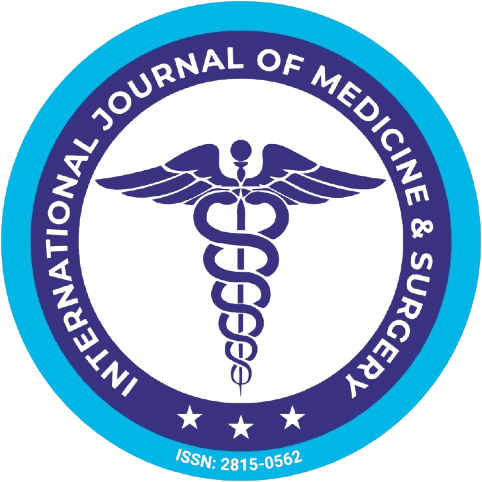
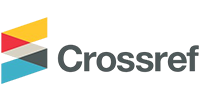

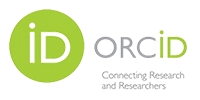
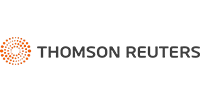




 IJMSCI is a Peer-Reviewed Journal and valid as per New UGC Gazette regulations
IJMSCI is a Peer-Reviewed Journal and valid as per New UGC Gazette regulations



